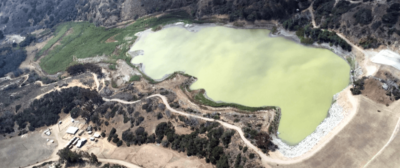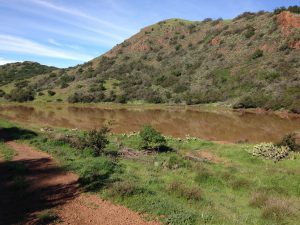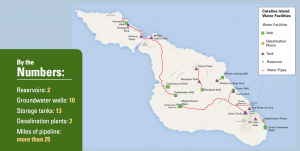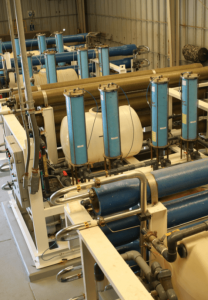
Water is an essential part of life for almost every single animal on planet earth. Without water, life on this planet may not have ever been possible. Human beings are no exception. Humans rely on water as a biological necessity as well as a tool for advancing civilizations. We have used water for many purposes for centuries for transportation as well as a source of energy used to power our earliest factories thanks to water wheels in streams and rivers. Eventually humans developed indoor plumbing for more sanitary restrooms and kitchen sinks doing away with outhouses and outdoor wells. Technological revolutions have allowed humans to populate areas where finding access to fresh water was historically difficult if not impossible. As our population increases our water consumption increases as well, but our supplies are no longer able to meet the demand in many parts of the world. Catalina Island is a prime example of this problem and how it is being managed.
Humans have inhabited Catalina Island for many centuries and possibly millennia. Though Catalina spends most of the year without rainfall, the native Tongva people always had access to fresh water thanks to small natural ponds around the island that could hold water year round such as Haypress Pond and Echo Lake.

After the Tongva people were removed from the island during the 1800s eras of ranching, farming, and even mining came to the island. Ownership of Catalina changed hands several times over the years but eventually settled in the control of William Wrigley Jr. who helped stabilize the small community of Avalon and make it a tourist destination. Avalon would continue to prosper and William Wrigley Jr. helped establish many other camps and facilities around the island like the boarding school at Toyon Bay. The year round population of Catalina Island has now reached nearly 4,000 people and receives around 700,000 annual visitors. This amount of people far exceeds the historic water supply of the island. During the winter months the average water usage in Avalon is around 200,000 gallons per day and nearly 800,000 gallons per day in during the busiest summer days. To meet demand for water on Catalina Island, fresh water wells were established around the island over the years and the Middle Ranch Reservoir was constructed to hold the water for treatment and distribution.

For most of the 1900’s these ground water reserves were plenty to supply all of the residents of the island. In 1991 a desalination plant was constructed to help supplement the fresh water supply with the ability to add nearly 240,000 gallons of fresh water per day if needed.

The need for fresh water and growing population finally came to a head on in August of 2014 when Catalina was placed under stage 2 water rationing. The historic California drought had brought the middle ranch reservoir down to nearly 1/4th of its maximum capacity and all of the other wells on the island were just as strained. Residents and businesses of the island were forced to reduce their water usage by 25% or face penalties. At the beginning of 2016 a second desalination plant was installed to help reduce the strain on the reservoir by adding an additional 150,000 gallons per day, but it still was not enough. In September of 2016 Catalina was placed under stage 3 drought conditions. Under stage three residents were forced to reduce their water usage by 50%. As things were looking their worst and the reservoir sitting at nearly 1/10th of its maximum capacity, Catalina was in desperate need of rain. Luckily the southern California area had a record year for rain including a record-breaking 24-hour rainfall period and the reservoir and wells were filled to pre drought levels. Although the water stocks were replenished water conservation remains a top concern for island residents as Catalina still remains in stage 1 drought water rationing for the foreseeable future.


